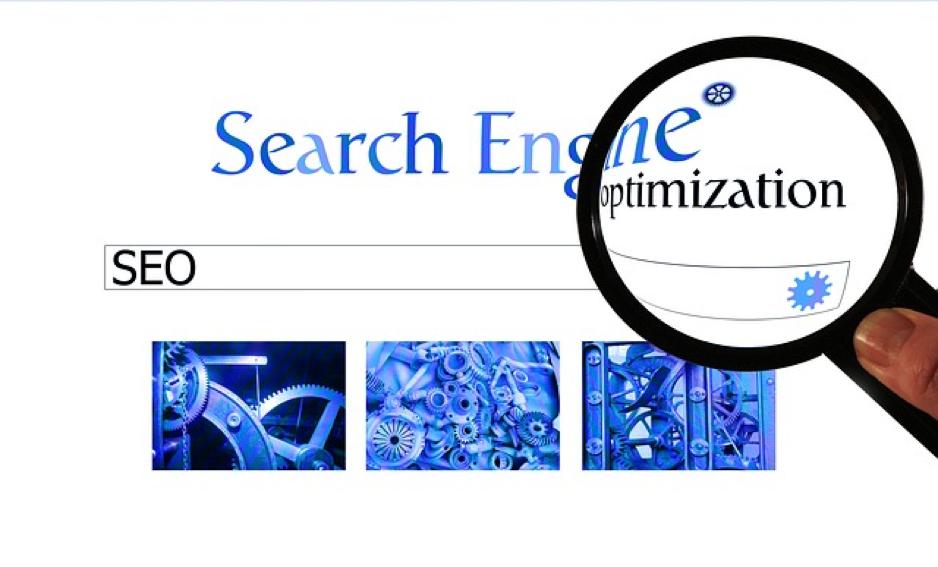In order to improve your website ranking, it is very essential to do some On-page SEO. In addition to book the hosting from a very good hosting provider, it is essential to do the following steps of OnPage Seo.
1. Use SEO-Friendly URLs
One of the most significant strategies of on-page SEO is using SEO-friendly URL structures. A good structure is very helpful to boost the indexation process of any blog.
As per Google, the first 3-5 words in a URL carry more weight. And if the URL’s are kept short incorporating all target keywords it brings best search results.
Moreover, when you split words, always put hyphens in the URL instead of using underscores. Google will still read and index them.
2. Start Title with Keyword
The title tag is another crucial factor of on-page SEO since it attracts the visitors to click‐through to your blog post from the SERPs. Generally, if the keyword is used at the beginning of the title tag, the more impact it has with search engines. Google search engine usually displays the first 50–60 characters of a title tag. If the title tag is longer than that, your blog title won’t be displayed properly. Moreover, avoid duplicate title tags and make them unique.
3. Add Modifiers to Your Title
According to Long Island SEO Company, using modifiers with title tags is very simple and a wonderful way to attract more organic traffic. This makes the blog posts rank better in the search engine and since these add more weight to your title tag chances are high you could get a higher conversion rate without doing a ton of extra work. Some examples of general keyword modifiers are words like “best”, “top”, “checklist”, “cheapest” or “review” which can help a lot to rank for long tail versions of the target keyword.
4. Use LSI Keywords
Use of LSI keywords helps Google to figure out a page’s relevancy. If you add few LSI keywords throughout the web pages in a wise manner while performing on-page optimization, you can certainly amplify the rankings. You can put them anywhere in Subheads, Alt Text, Image File Names, Body Content or Link Text to drive more traffic.
5. Use images or videos
If you use engaging images, videos and charts, infographics, diagrams they can reduce bounce rate to a great extent and visitors will stay longer on your site. Don’t forget to optimize your images for better search results.
6. Use H1 H2 Tags
Use your Title tags and subheading in H1 and H2 tag respectively. These are HTML tags which are used to identify headings and subheadings within blog content from text. If these tags are not used it means your title tag is not SEO friendly. Implementing this strategy you can easily see the huge increase in your search traffic.
7. Target Keywords within first 100 Words
If you put your target keyword in first 100-150 words of the blog posts it will give you maximum benefit. But make it sure the keyword looks natural and human readable. Don’t spam or overstaff keywords, otherwise, your rank may get demoted by search engines.
8. Use Responsive Design
When you run a blog you must consider all the different devices that are currently used to browse the internet. Google penalizes a blog which is not mobile friendly. So from an SEO perspective, you need to choose a responsive web design that allows your site to be visible on different screen sizes including desktop, Smartphone, tablets etc.
9. Use of Outbound Links
Outbound links are a great metric to figure out the popularity of any given webpage. The more outbound links a page receives from other websites, the more popular it appears to search engines. So try to receive more and more outbound links from other sources to ensure better search ranking.
10. Improve Site Speed
According to a study made by The Hosting Institute they observed that more than 75% of users right away leave a website if that takes longer than 4 seconds to load. It means slower loading sites increases bounce rates which affects your search position. Google stated that page loading speed is one of the most important SEO ranking signals. So if you want to boost your site speed there are several ways to do that. Using a CDN, compressing all the images files, and opting for faster hosting provider all of them are helpful to boost your site speed.
Conclusion
Perform the above tasks and see your site ranking increasing gradually over time.

